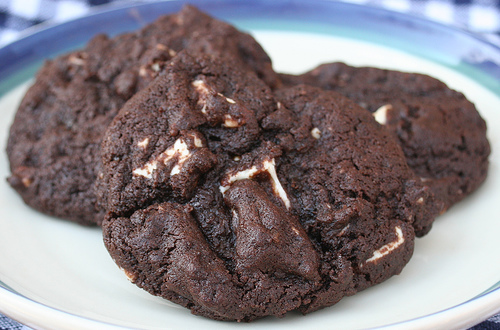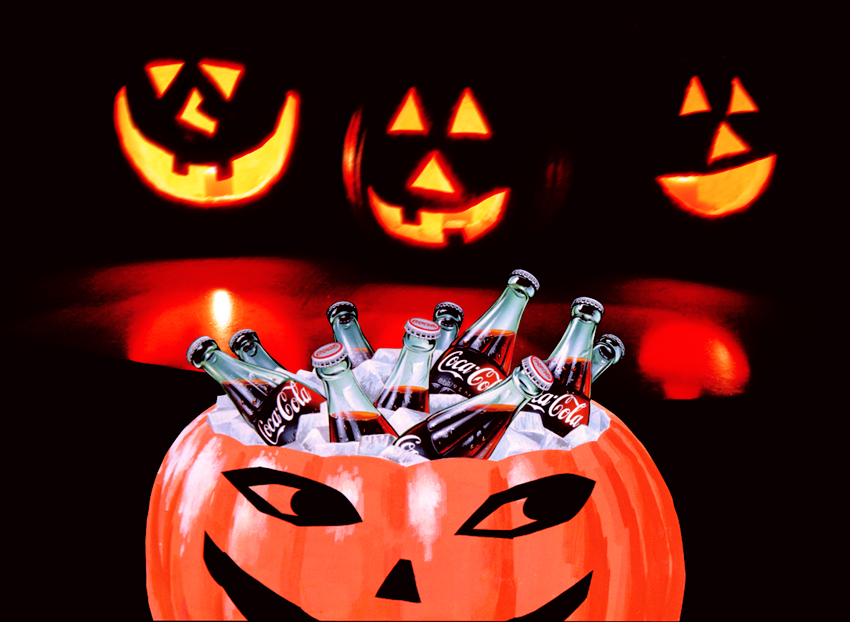
I started looking for dog friendly restaurants online and the first site that came up was a dog friendly outdoor restaurant guide. Were they being serious? Are dog owners not wanted or loved anywhere? But keep looking and you will find that there are a lot of people with the same problem and a lot of those people have taken the time to create sites all over the world naming dog friendly restaurants. I am happy to say that I can now take Cookie to a dog friendly restaurant where we won't be turned out and I will be able to sit there and enjoy my time with my dog as well as my meal.
These dog friendly restaurants understand the love that dog owners have for their pets. They know that we want to spend time with our dogs and that the dogs are not going to be let lose to run around or lick plates. Dogs are also great entertainment for kids. I can't tell you how many times I was out with Cookie and a mother was able to stuff some food into her kid's mouth because the kid was so enchanted with Cookie. When the kid was done eating, the parents would be able to sit down and relax rather than take the kid outside for a walk in order to stop the screaming. The kid(s) would come over and put Cookie and everyone is happy.







